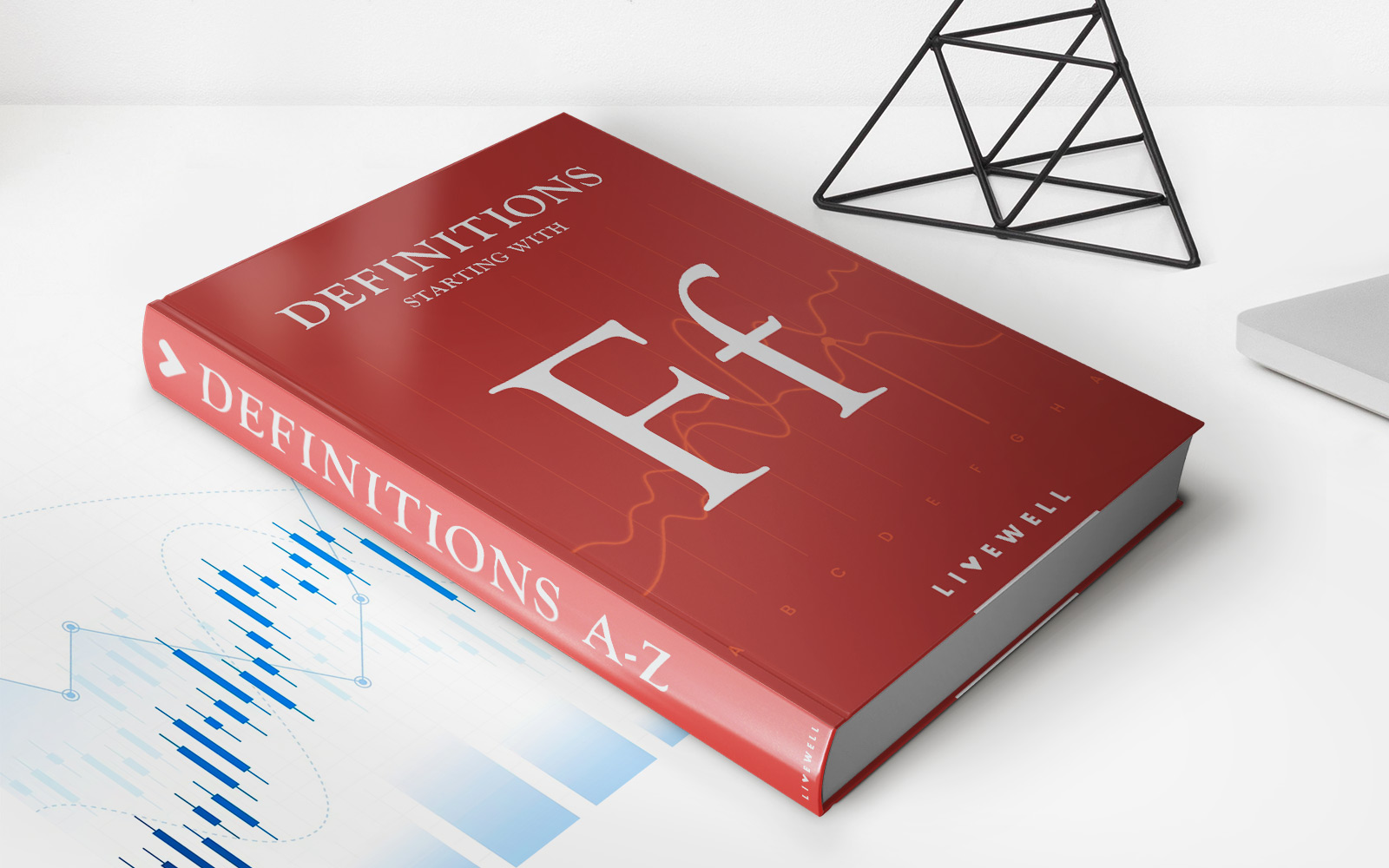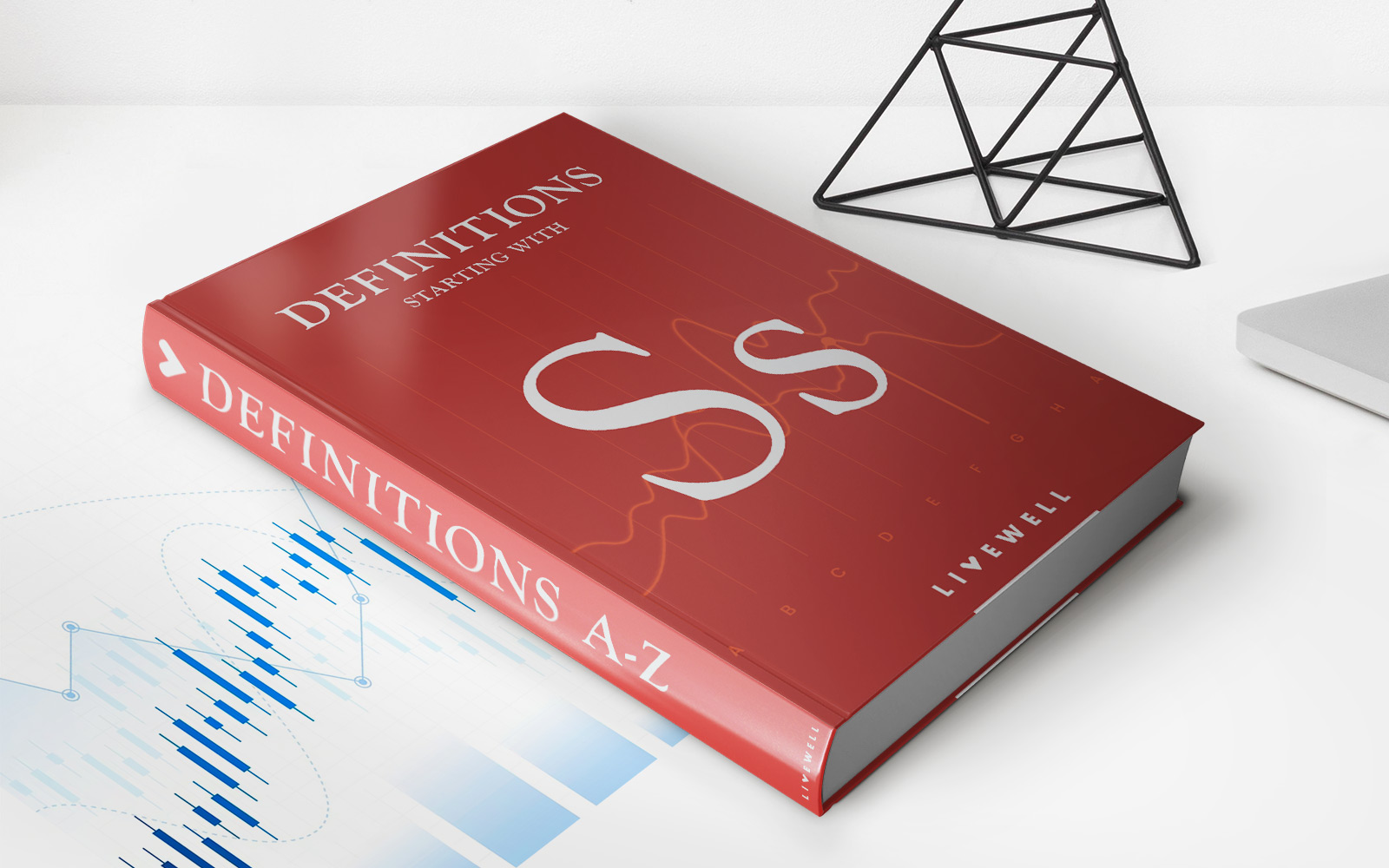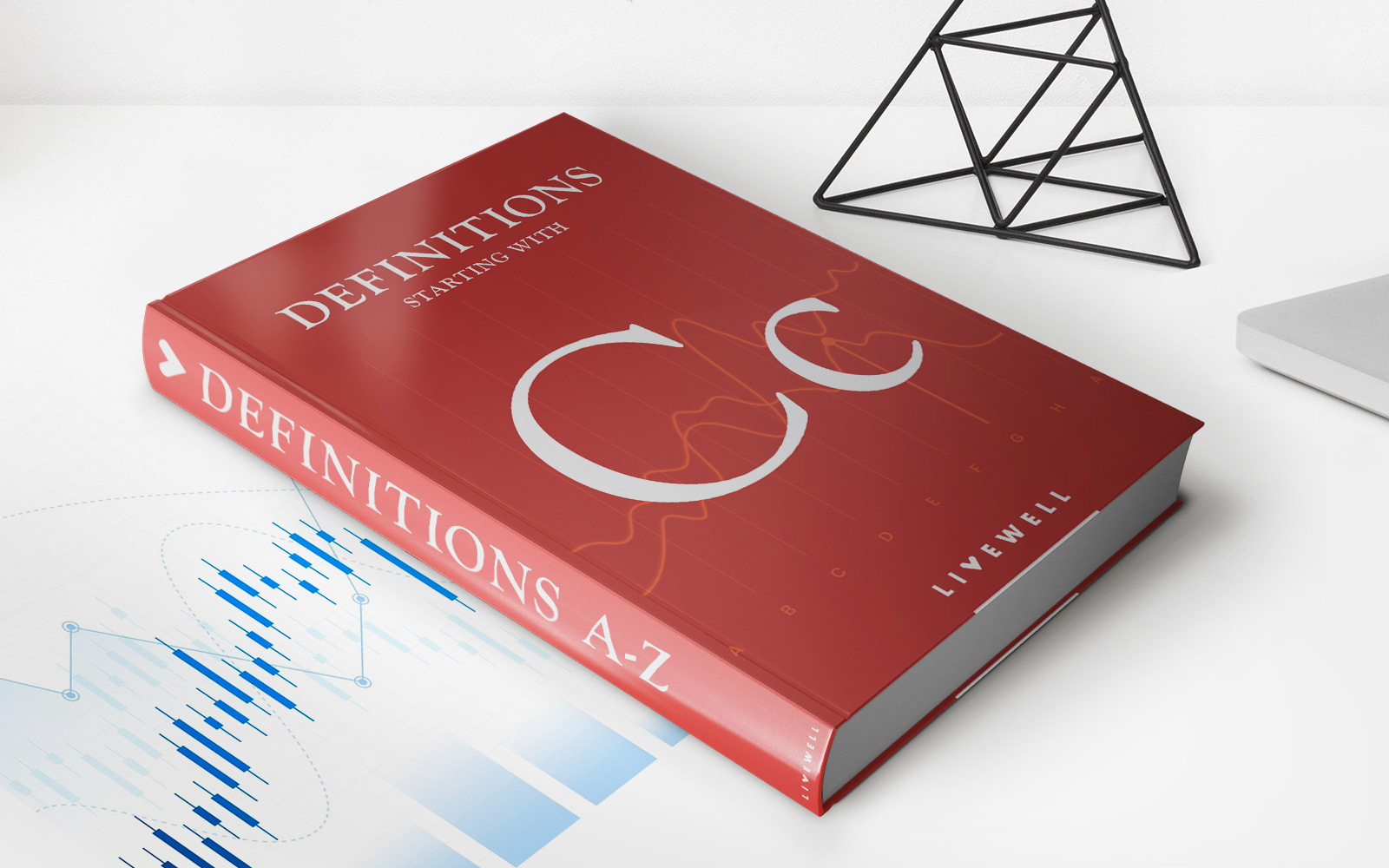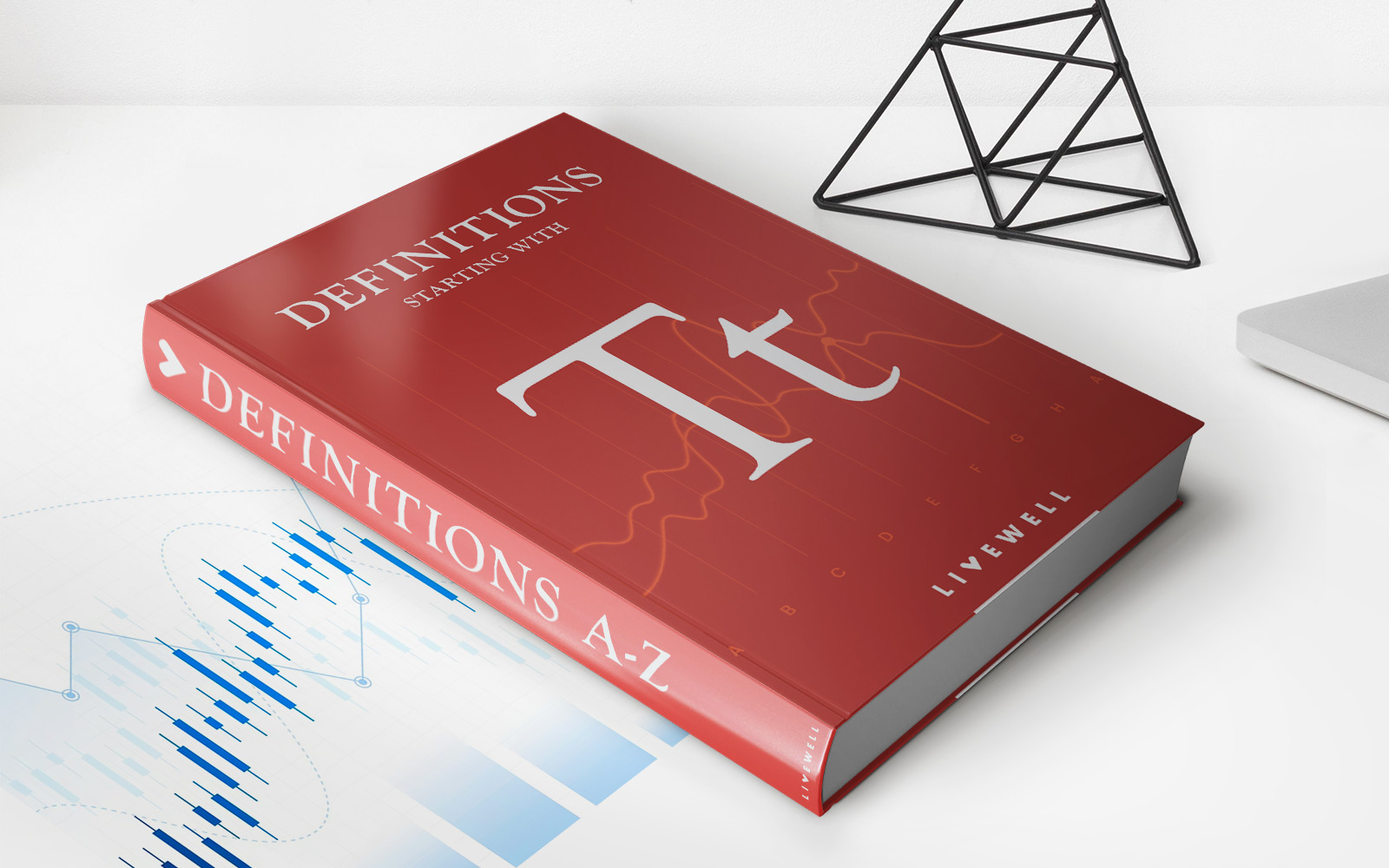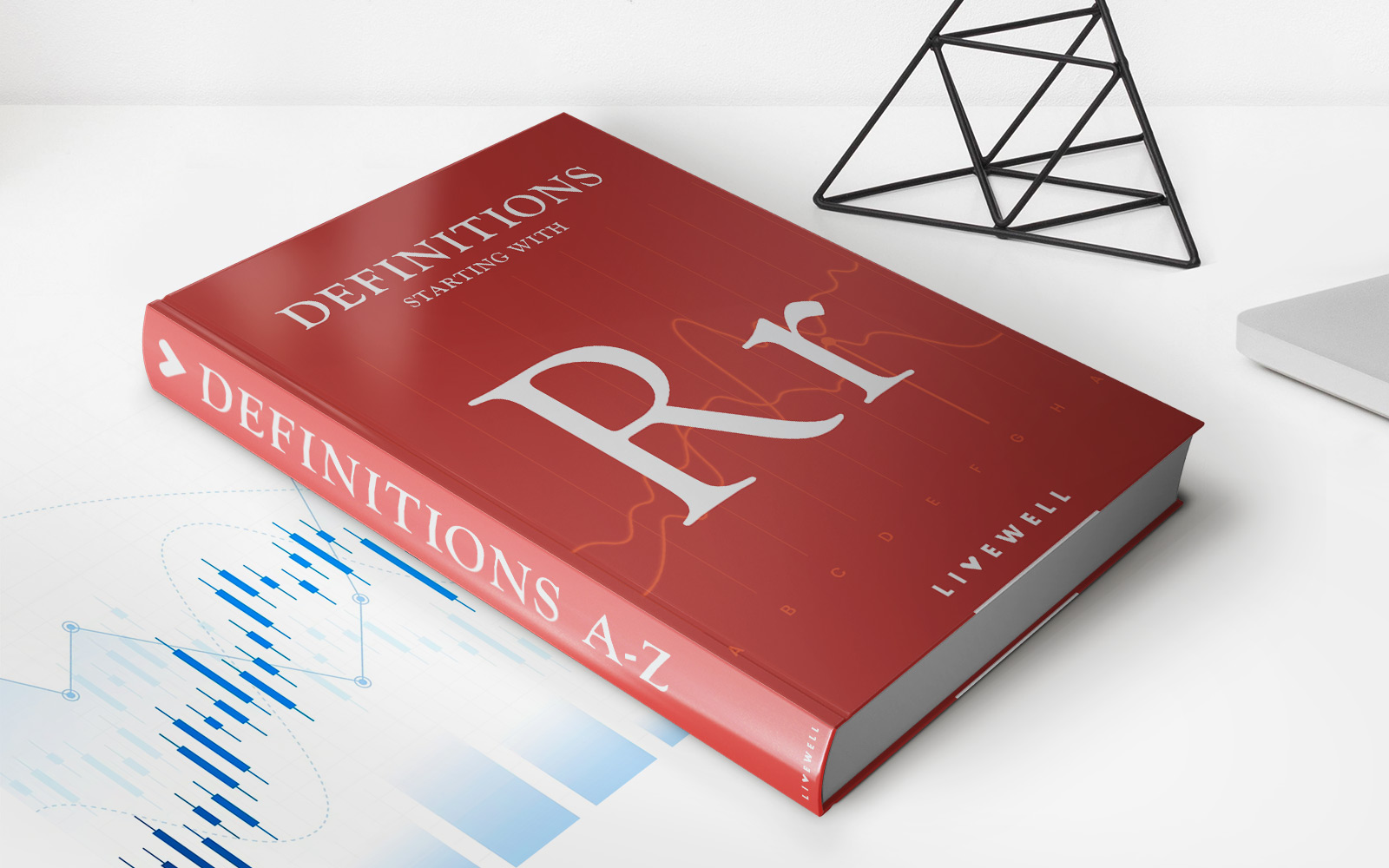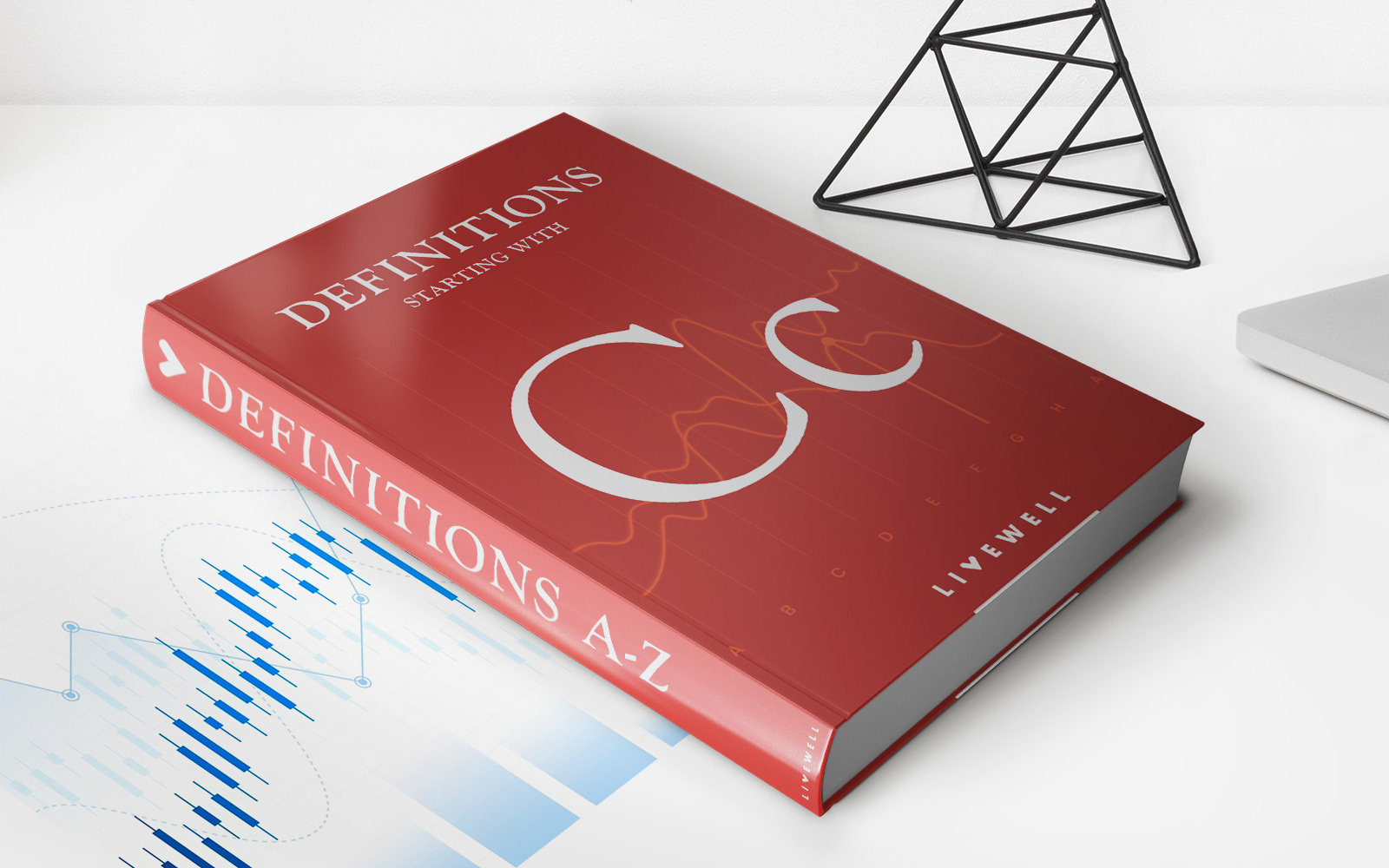Home>Finance>Option Pricing Theory: Definition, History, Models, And Goals
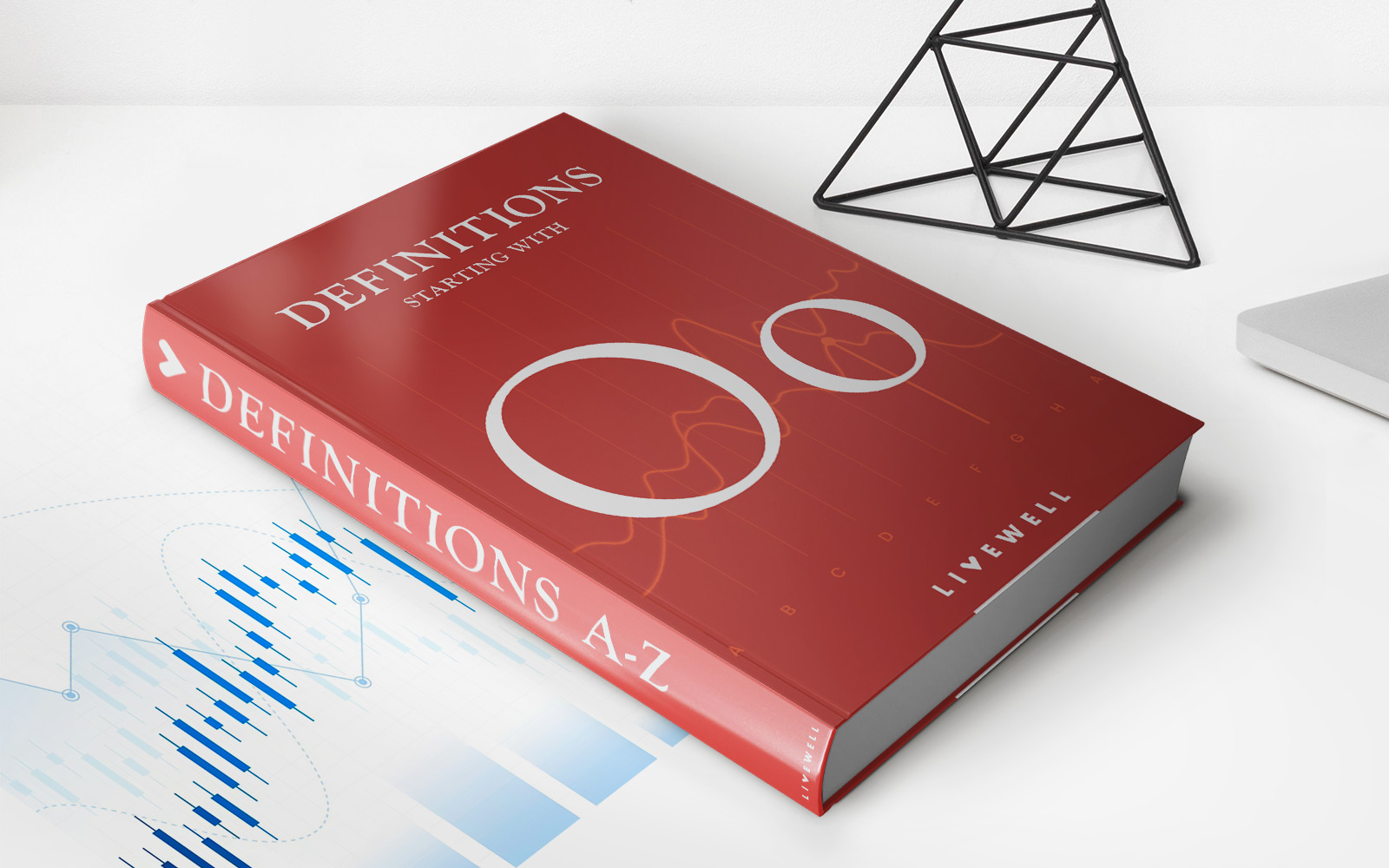

Finance
Option Pricing Theory: Definition, History, Models, And Goals
Published: January 4, 2024
Learn about the foundation of finance with option pricing theory. Explore its history, models, and goals in this comprehensive guide.
(Many of the links in this article redirect to a specific reviewed product. Your purchase of these products through affiliate links helps to generate commission for LiveWell, at no extra cost. Learn more)
Option Pricing Theory: Definition, History, Models, and Goals
Welcome to the FINANCE category of our blog! In this post, we will dive deep into the fascinating world of Option Pricing Theory. If you’ve ever wondered how options are priced in the financial markets or what models are used to determine their value, you’ve come to the right place. In this article, we will explore the definition, history, models, and goals of Option Pricing Theory. So, let’s get started!
Key Takeaways:
- Option Pricing Theory is a mathematical framework used to estimate the value of financial options.
- Black-Scholes model and the Binomial model are two popular models used for option pricing.
What is Option Pricing Theory?
Option Pricing Theory is a cornerstone of financial economics that focuses on determining the theoretical value of financial options. Options, which are derivative securities, give the holder the right, but not the obligation, to buy or sell an underlying asset at a predetermined price (the strike price) on or before a specific date (the expiration date).
The goal of Option Pricing Theory is to develop mathematical models that can estimate the fair value of options. These models help investors and traders make informed decisions regarding buying, selling, or trading options, ultimately contributing to efficient and fair markets.
A Brief History of Option Pricing Theory
Option Pricing Theory traces its roots back to the early 20th century when financial economists began exploring mathematical models to understand the pricing dynamics of options. However, it wasn’t until the groundbreaking work of Black, Scholes, and Merton in the 1970s that a widely accepted model for option pricing emerged.
The Black-Scholes model, named after its creators Robert C. Merton and Myron Scholes, revolutionized the field of options pricing. Their model provided a closed-form solution for option pricing based on several key factors such as the underlying asset price, strike price, time to expiration, risk-free rate, and volatility.
Since then, various models have been developed, each building upon the foundation established by the Black-Scholes model. One such model is the Binomial model, which offers a lattice-based approach to option pricing, taking into account different possible price movements of the underlying asset over time.
Models Used in Option Pricing
Black-Scholes Model: The Black-Scholes model is perhaps the most well-known and widely used model in Option Pricing Theory. It is based on the assumption that the underlying asset follows a geometric Brownian motion and that the market is efficient. This model provides valuable insights into option pricing, making it a cornerstone in the field.
Binomial Model: The Binomial model, also known as the Cox-Ross-Rubinstein model, takes a discrete-time approach to option pricing. It divides the time to expiration into a series of intervals and assumes that the price of the underlying asset can either go up or down at each interval. By constructing a binomial tree representing various potential price paths, this model calculates the option price at each node and backward in time.
The Goals of Option Pricing Theory
The primary goals of Option Pricing Theory are:
- To provide a theoretical framework for estimating the fair value of options.
- To assist investors and traders in making informed decisions regarding options trading and risk management.
- To contribute to the understanding of financial markets and their efficient functioning.
By developing and utilizing option pricing models, financial experts can gain valuable insights into the pricing dynamics of options, helping them make well-informed decisions and manage risks effectively.
Understanding Option Pricing Theory is vital for anyone involved in options trading or financial markets. By grasping the concepts, historical development, various models, and goals of this theory, one can navigate the complex world of options with confidence and sound judgment.
We hope this article has provided you with valuable insights into Option Pricing Theory and sparked your curiosity to explore this fascinating field even further!


